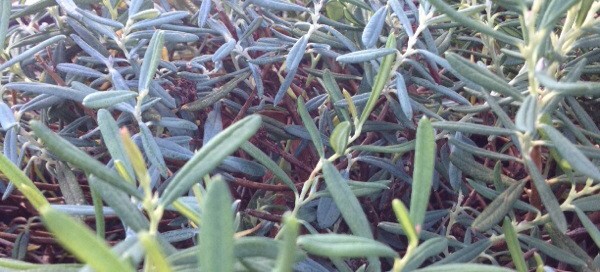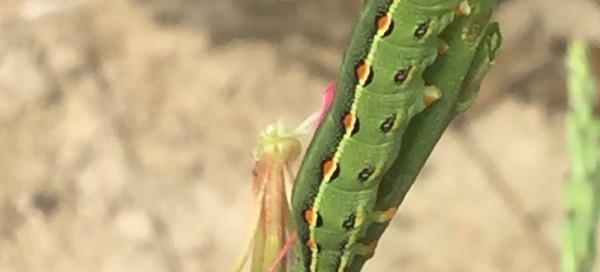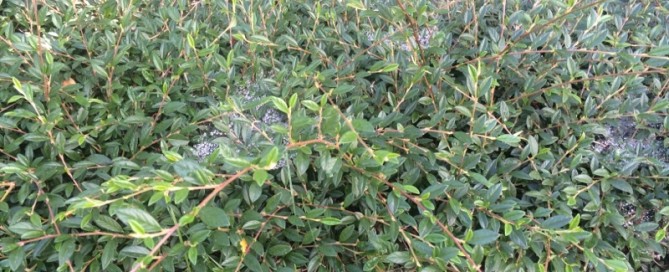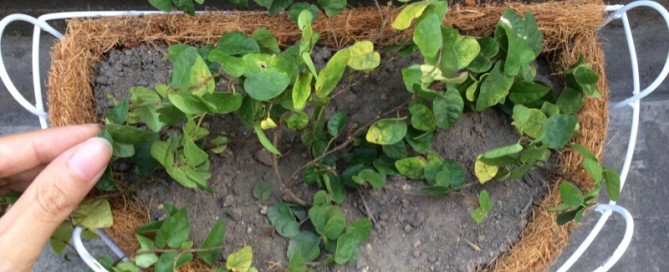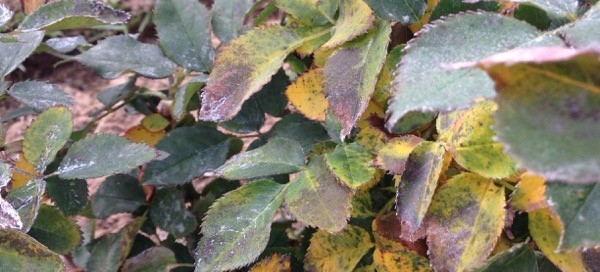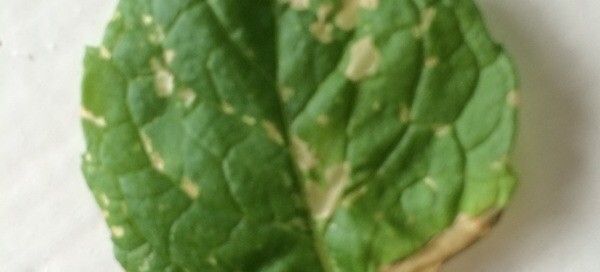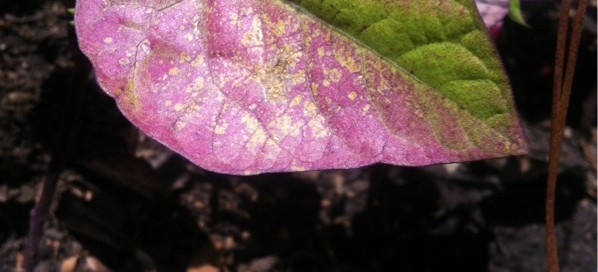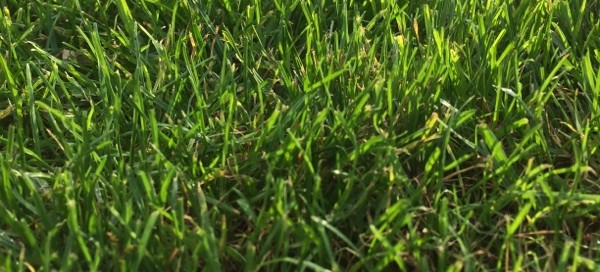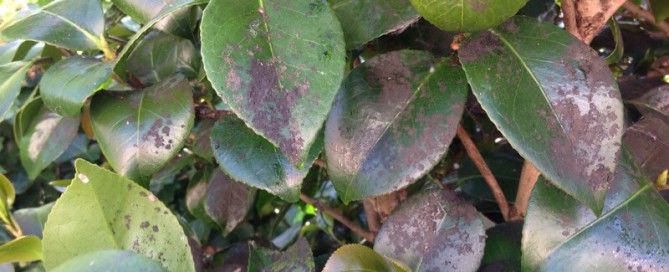Sun Rose Rock Rose
110 species of Rock Rose Family plants are native to the Old World, North America and South America - but most cultivated plants are forms of garden origin.you may know it as sun rose.
Helianthemums are noteworthy for the masses of colorful, 1-inch, saucer-shaped flowers that appear in early summer and last well into autumn. As sun roses have become more popular, the range of available colors has expanded. There are now soft yellows, a variety of pinks, oranges, reds and apricots.
While the flowers are the main attraction, I find the range of foliage almost as compelling. Some varieties have soft, grayish leaves, others a light green while some even have crinkled bright green foliage.
These opposite, oblong or linear evergreen leaves, to an inch and a half long, cover stems that will spread to 3 feet. Because of its ground-hugging nature, sun rose makes an excellent low ground cover for a sunny location.
Helianthemums are workhorses. Once established, these Mediterranean natives are very drought tolerant and quite tenacious, without being invasive.
